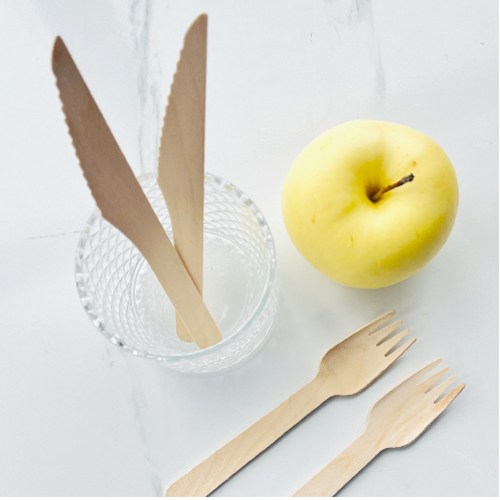The Evolution and Importance of Printed Food Boxes
In an era where branding and presentation are paramount, printed food boxes have carved their niche as an essential component of the food industry. These boxes not only serve a functional purpose but also play a significant role in marketing, sustainability, and consumer satisfaction.
The Functionality of Food Boxes
Printed food boxes primarily serve to package and protect food items during transportation and storage. They come in various shapes and sizes, designed to accommodate everything from delicate pastries and savory meals to frozen foods and snacks. The structural integrity of these boxes ensures that they protect the food from environmental factors, thus maintaining freshness, flavor, and quality.
Moreover, food boxes are often engineered to be tamper-proof, which adds a layer of safety for consumers. As concerns over food safety have heightened, consumers are increasingly looking for indicators of quality and safety in their food packaging. Printed food boxes that highlight safety certifications, expiration dates, and nutritional information build trust and confidence among consumers.
Branding and Market Differentiation
Beyond their functional role, printed food boxes are a canvas for branding. In a crowded market, companies must find ways to stand out. Attractive, well-designed packaging is crucial for grabbing the attention of potential customers. Vibrant colors, compelling graphics, and clever messaging can turn a simple food box into a powerful marketing tool.
For instance, a gourmet bakery might use luxurious packaging with elegant fonts and rich images of their pastries to appeal to an upscale market. Conversely, a health-oriented brand might incorporate eco-friendly packaging with minimalistic designs that emphasize natural ingredients. The right printed food box not only communicates the brand's identity but also tells a story that resonates with consumers’ values and aspirations.
Sustainability and Environmental Considerations
printed food boxes

With the global push towards sustainability, printed food boxes are not exempt from scrutiny. Consumers are increasingly conscious of their environmental footprint, and many are looking for brands that align with their values concerning ecology. This shift has led to the rise of biodegradable, recyclable, and reusable food boxes that minimize harm to the planet.
Brands are now investing in sustainable materials for their packaging, which can be highlighted on the printed food boxes themselves. Certifications like FSC (Forest Stewardship Council) or compostable logos can be prominently displayed to signal to consumers that the brand is committed to sustainability. Not only does this attract environmentally conscious consumers, but it can also enhance a brand's reputation and loyalty.
The Technological Influence
Advancements in printing technology have revolutionized the way food boxes are designed. Digital printing allows for shorter runs and more intricate designs, enabling food producers to customize their packaging in ways that were previously unfeasible. This flexibility means that seasonal promotions, limited edition products, and personalized packaging can be executed seamlessly, further enhancing consumer engagement.
Additionally, innovations like QR codes and augmented reality can be integrated into printed food boxes. These technologies can provide consumers with more information about the product, from sourcing and ingredients to preparation methods and recipes. Such interactive elements not only enrich the consumer experience but also deepen their connection with the brand.
Conclusion
In summary, printed food boxes are more than mere containers; they are an integral part of the food industry’s ecosystem. They serve critical functions, from protecting food to enhancing brand identity and communicating values. As the market continues to evolve, the importance of design, sustainability, and technology in food packaging will only become more pronounced.
Businesses that recognize these trends and invest in innovative, sustainable printed food boxes will not only stand out in a competitive market but also foster lasting connections with their consumers. Ultimately, the printed food box has transformed from a simple packaging solution into an essential marketing tool that can shape consumer perceptions and preferences in profound ways.



